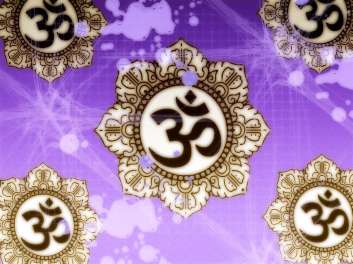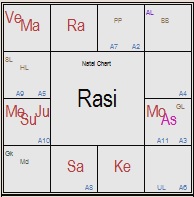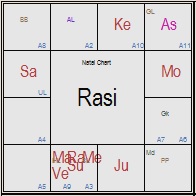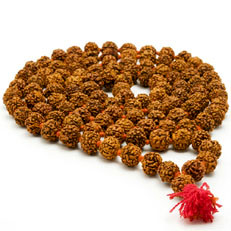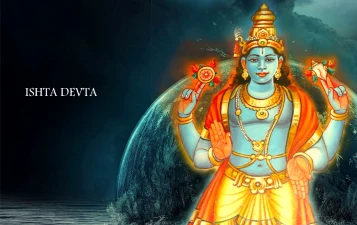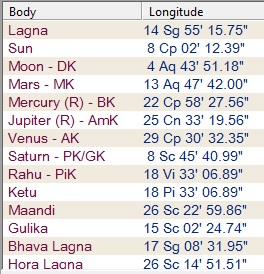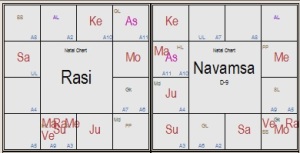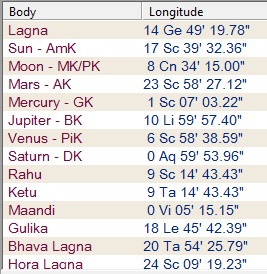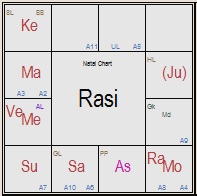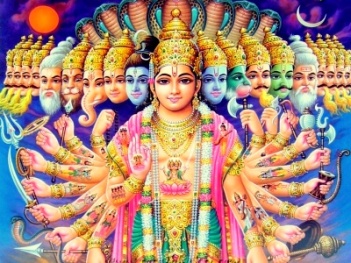There are few positions of planets which are considered not good for longevity. As we know, planets are placed in various degrees of Nakshstras (27 Nakshatras occupying 13 degree 20 minute each to cover the whole zodiac of 360 degree) at the time of birth. Each Nakshatra is further divided in to 4 padas (quarters) of 3 degree 20 minutes each. In this post, I am mentioning degrees and/or pada (quarter) of Nakshatras in which placement if a particular planet is considered inauspicious for longevity.
It is to be kept in mind that these placements are indicators of longevity halters, however, overall longevity depends over a lot of other factors, such as combined strength of Lagna, planets and Yogakarakas in natal (Lagna) chart and divisional charts of applicable divisions. Each planet gets weakened, suffocated and adversely affects the native’s longevity if placed in specific degrees or specific quarters of specific Nakshatras.
SUN
- 2nd degree of Ashwini
- 7th degree of Bharani
- 3rd pada (quarter) of Kritika
- 5th degree of Ardra
- 3rd pada (quarter) of Pushya
- 8th degree of Magha
- 1st degree of Chitra
- 3rd pada (quarter) of Swati
- 1st degree of Jyestha
- 4th pada (quarter) of Jyeshtha
- 1st degree of Moola
- 9th degree of Purva Ashadha
- 6th degree of Uttar Ashadha
- 2nd pada (quarter) of Dhanishtha
- 6th degree of Revati
Moon
- 1st pada (quarter) of Ashwini
- 4th pada (quarter) of Bharani
- 4th pada (quarter) of Mrigshira
- 2nd degree of Punarvasu
- 6th degree of Ashlesha
- 8th degree of Purva Phalguni
- 11th degree of Chitra
- 4th pada (quarter) of Anuradha
- 7th degree of Jyeshtha
- 4th pada (quarter) of Moola
- 3rd degree of Purva Ashadha
- 10th degree of Shravan
- 13th degree of Shatbhisha
- 1st degree of Purva Bhadrapada
- 7th degree of Uttar Bhadrapada
- 4th pada (quarter) of Revati
MARS
- 6th degree of Bharani
- 5th degree of Ardra
- 5th degree of Punarvasu
- 6th degree of Jyeshtha
- 5th degree of Chitra
- 7th degree of Swati
- 2nd pada (quarter) of Anuradha
- 1st degree of Moola
- 2nd degree of Moola
- 5th degree of Shravan
- 5th degree of Shatbhisha
- 3rd degree of Uttar Bhadrapada
MERCURY
- 2nd degree of Bharani
- 4th degree of Rohini
- 7th degree of Ardra
- 9th degree of Pushya
- 8th degree of Magha
- 8th degree of Hasta
- 1st degree of Vishakha
- 7th degree of Anuradha
- 8th degree of Purva Ashadha
- 12th degree of Shravan
- 1st degree of Shatbhisha
- 2nd degree of Uttar Bhadrapada
JUPITER
- 11th degree of Ashlesha
- 6th degree of Bharani
- 6th degree of Ardra
- 2nd pada (quarter) of Kritika
- 6th degree of Magha
- 11th degree of Uttar Phalguni
- 7th degree of Swati
- 7th degree of Anuradha
- 4th degree of Purva Ashadha
- 1st degree of Shravan
- 9th degree of Shatbhisha
- 12th degree of Revati
VENUS
- 2nd pada (quarter) of Ashwini
- 2nd pada (quarter) of Bharani
- 5th degree of Rohini
- 5th degree of Ardra
- 1st degree of Ashlesha
- 10th degree of Magha
- 3rd degree of Hasta
- 11th degree of Chitra
- 3rd degree of Anuradha
- 1st degree of Purva Ashadha
- 2nd degree of Shravan
- 5th degree of Uttar Ashadha
- 9th degree of Purva Bhadrapada
- 12th degree of Uttar Bhadrapada
- 3rd degree of Revati
SATURN
- 10th degree of Ashwini
- 7th degree of Bharani
- 1st degree of Ardra
- 6th degree of Pushya
- 12th degree of Magha
- 6th degree of Hasta
- 2nd degree of Jyeshtha
- 10th degree of Chitra
- 2nd degree of Uttar Ashadha
- 4th degree of Shravan
- 7th degree of Shatbhisha
- 12th degree of Uttar Bhadrapada
RAHU
- Ist degree of Bharani
- 6th degree of Ardra
- 8th degree of Pushya
- 11th degree of Purva Phalguni
- 13th degree of Hasta
- 2nd degree of Vishakha
- 5th degree of Jyeshtha
- 10th degree of Moola
- 7th degree of Purva Ashadha
- 1st degree of Shravan
- 12th degree of Shatbhisha
- 5th degree of Uttar Bhadrapada
KETU
- 8th degree of Ashlesha
- 8th degree of Rohini
- 1st degree of Punarvasu
- 7th degree of Pushya
- 8th degree of Purva Phalguni
- 12th degree of Hasta
- 3rd degree of Vishakha
- 8th degree of Jyeshtha
- 11th degree of Moola
- 2nd degree of Shravan
- 7th degree of Shatbhisha
- 11th degree of Uttar Bhadrapada
I would again repeat that these placements are longevity affecting factors, however, determination of overall longevity takes application of several other principles combined with astute analysis, intuitive wisdom and years of experience.
